13 photos of the most interesting ancient products that amaze with their execution (15 photos)
People know how to do beautiful things. Moreover, people have long been able to do beautiful things, and it is still unclear whether the human race passed the peak of its form several centuries ago. We accompany this discussion thesis with photographs of ancient or even ancient man-made products that are truly impressive. 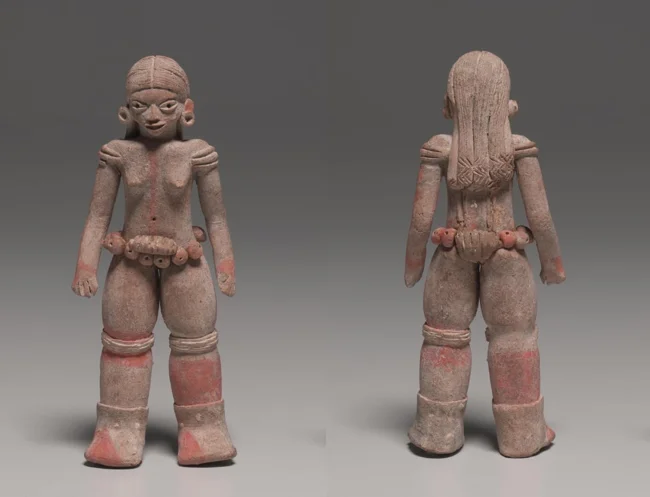
But some of them also rolled around in the ground/on the ground, and they were worn out by time. It’s scary to imagine how good these artifacts were during their “youth”. Let's see!
Greek gold bracelet with fighting goat terminals 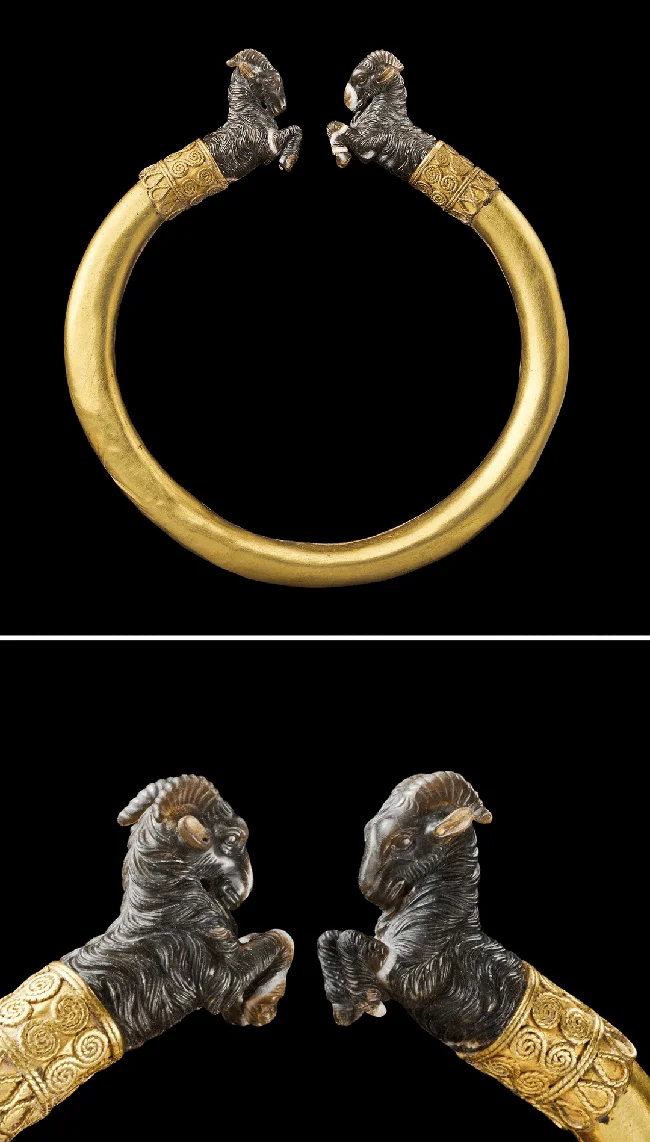
5th century BC, made of gold and agate.
Bronze "Roman dodecahedron" discovered in the summer of 2023 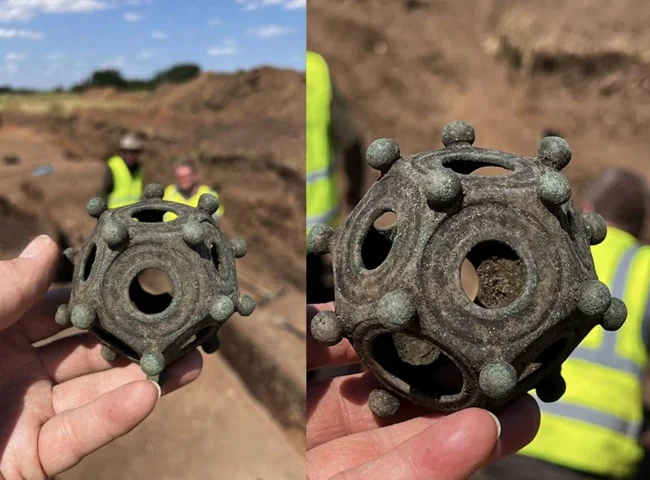
The 12-sided stone spent approximately 1,700 years in the ground. Found during amateur excavations in the English county of Lincolnshire.
A 4,700-year-old ball of yarn found near Lake Biel, Switzerland 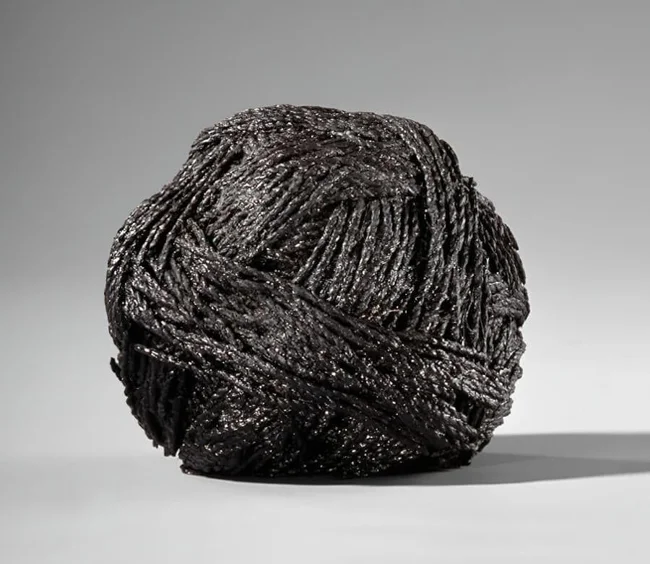
One of the most realistic statues in Ancient Egypt, 2435-2306 BC 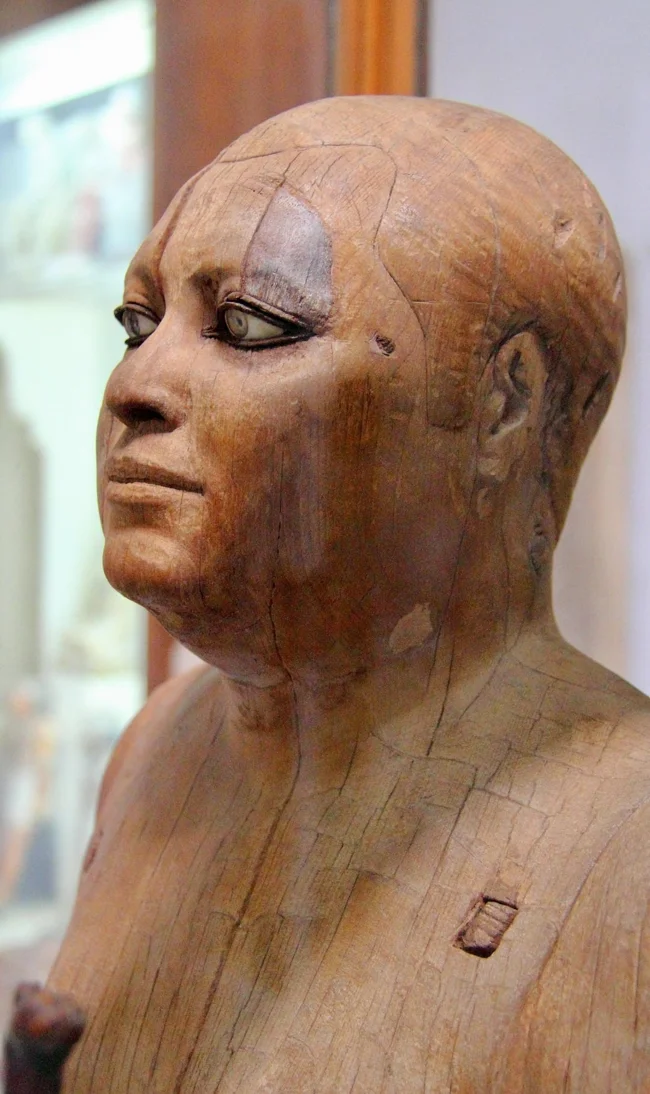
Represents a high-ranking official of the V Dynasty. The statue was originally covered with stucco and painted.
Female figurine made in Mexico 1500-500 BC 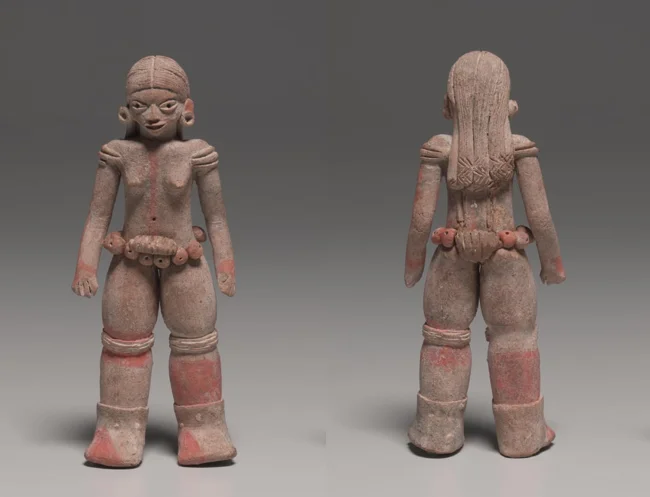
Chatelaine used by Alexandra, Princess of Wales 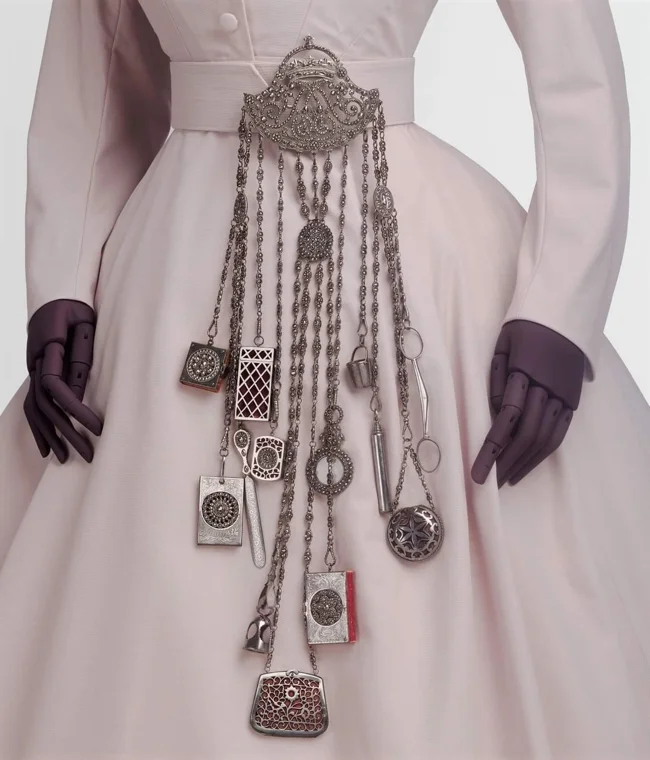
The set includes 13 accessories including scissors, a scent bottle, a magnifying glass and a notepad. Made in England, 1863-1885.
This double spiral staircase located in Graz Castle, Austria, 1499 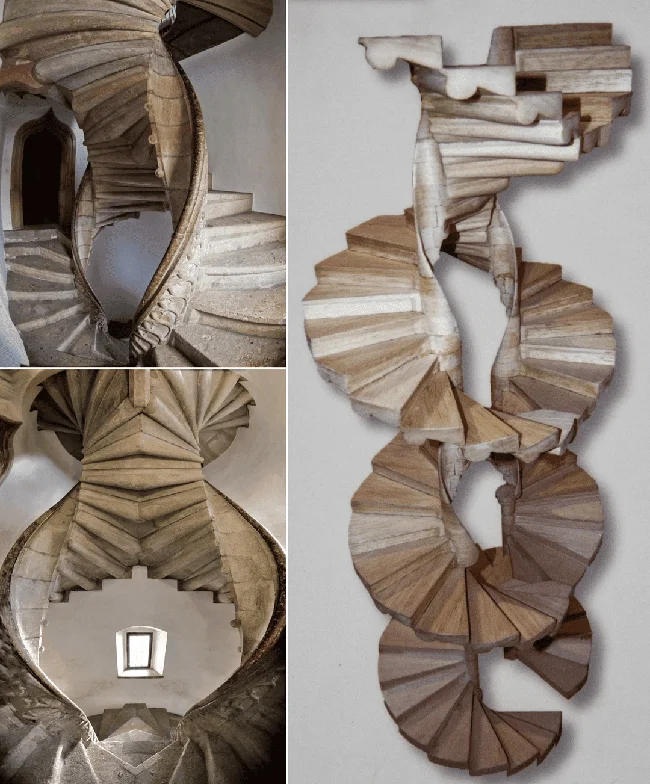
Women's elegant shoes made of kid leather, Italy, 1660-1700 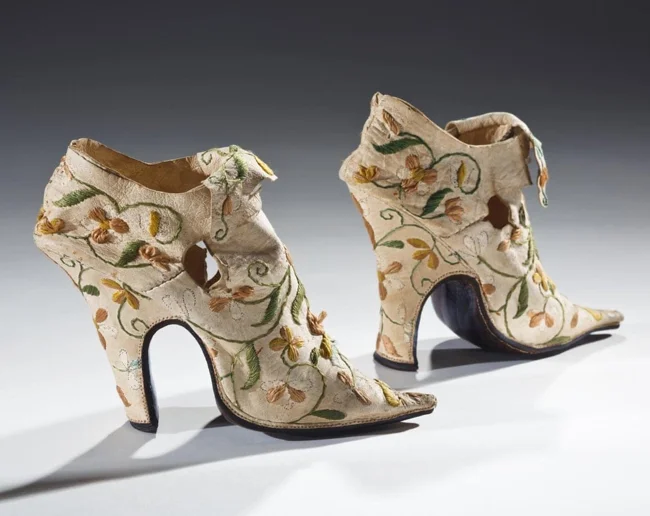
Detail of the famous Etruscan terracotta sarcophagus "Sarcophagus of the Spouses", 519 BC 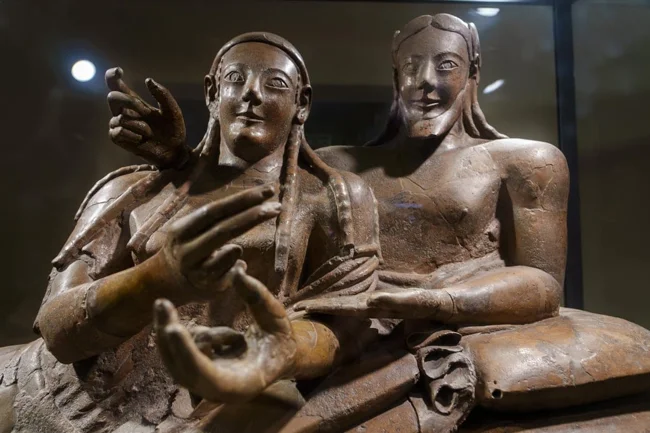
Jewish circumcision knife with agate handle. Italy, 18th century 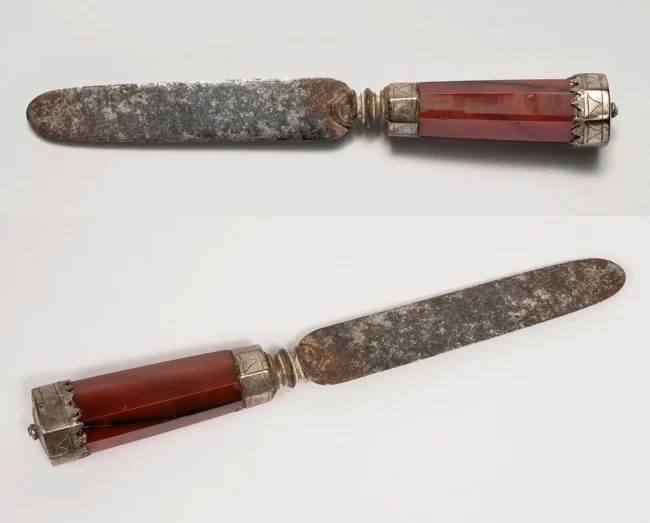
12th century console in the Church of St Mary and St David in Kilpeck, England, showing a dog and a hare 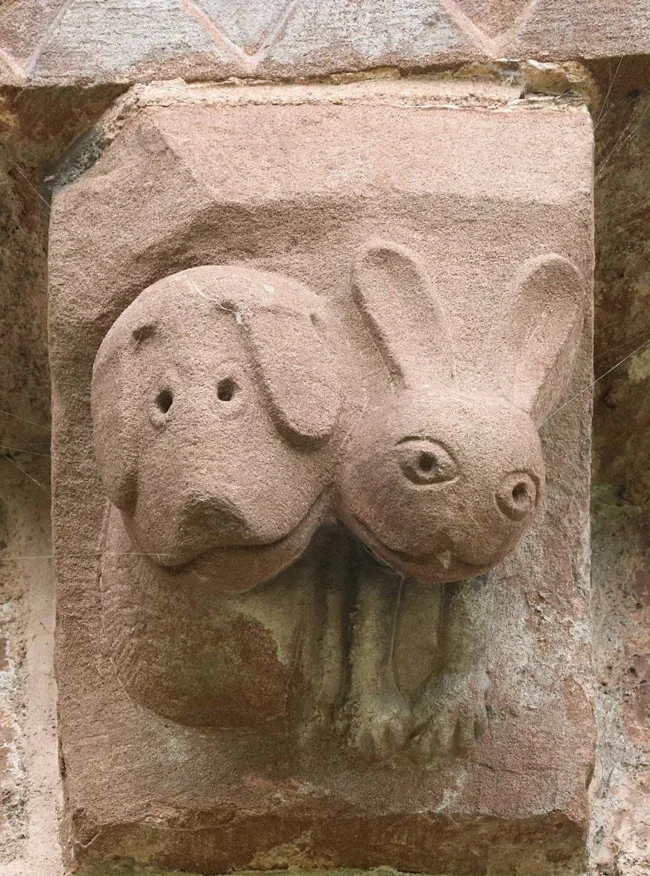
A small bronze wallet with six gold coins. Found in the Celtic city of Oppid 
The item dates back to approximately 200 BC.
The only surviving vexillum (ancient Roman war flag), 3rd century AD 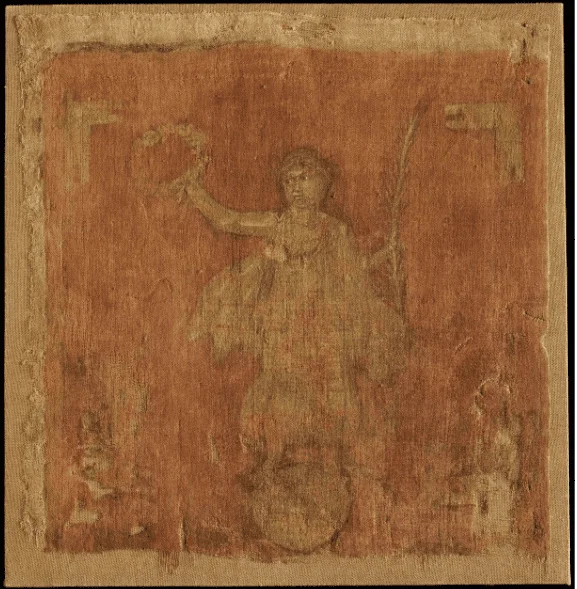
Located in the Pushkin Museum, Moscow.
Bonus: Mosaic atrium house in the ancient Roman city of Herculaneum, 1st century BC 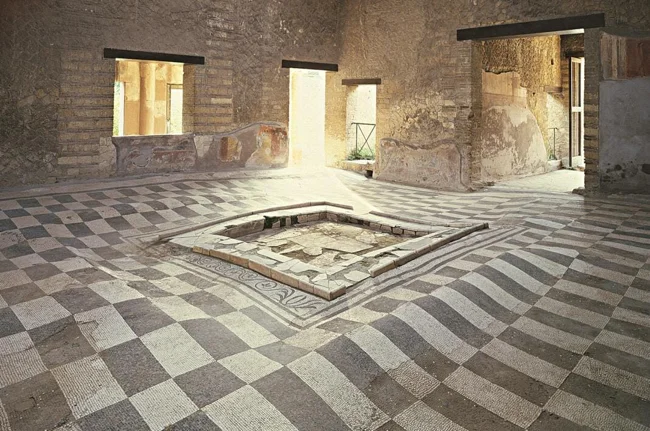
Like Pompeii, the city was destroyed after the eruption of Vesuvius in 79. The undulation of the floor in this building was formed due to the sagging of the earth under the enormous weight of pyroclastic flows.





